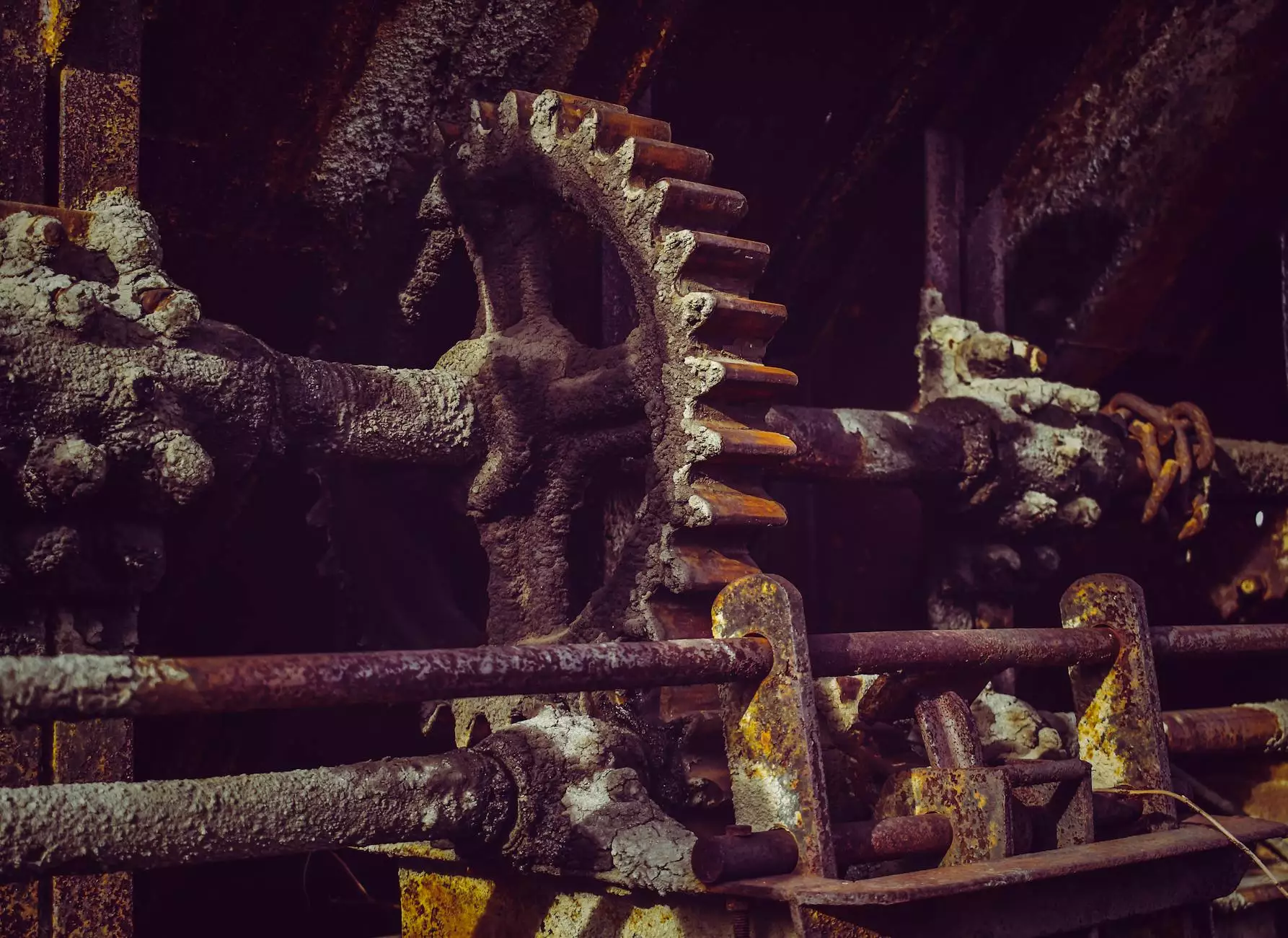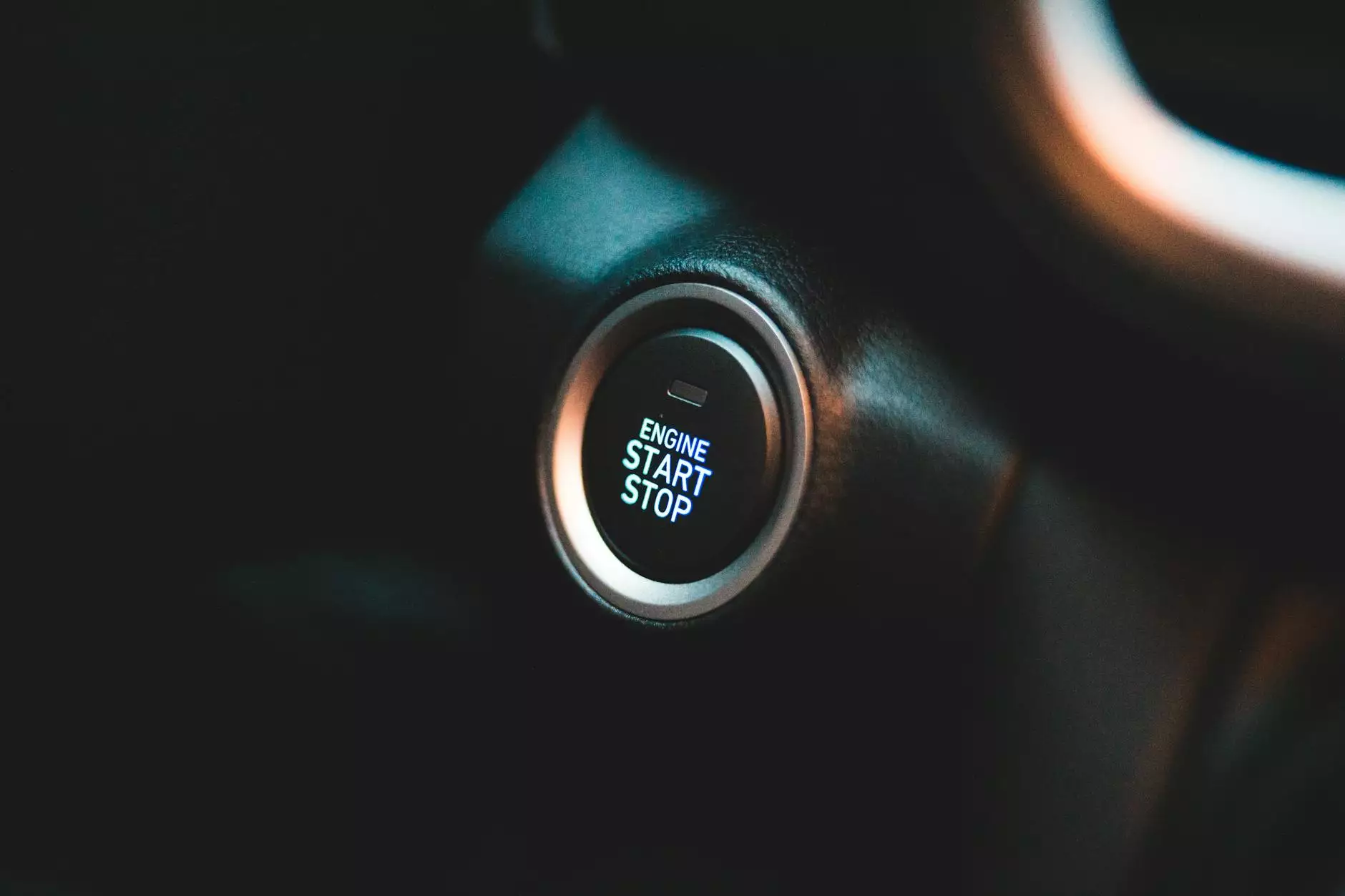Understanding Hydraulic Ball Valves: A Comprehensive Guide

Hydraulic ball valves are essential components in many industrial applications, playing a crucial role in fluid control systems. Their ability to provide a simple yet effective means of regulating fluid flow makes them indispensable for various businesses. In this article, we will delve into the intricacies of hydraulic ball valves, exploring their design, functionality, applications, and benefits, ensuring you understand why they are vital for optimizing your operations.
What Are Hydraulic Ball Valves?
A hydraulic ball valve is a type of valve that uses a spherical disc, known as a ball, to control the flow of fluid. The ball has a hole through the middle, and the valve is either in an open or closed position by rotating the ball. When the hole is aligned with the flow, the valve is open, allowing fluid to pass through. Conversely, when the ball is turned 90 degrees, the flow is stopped, effectively closing the valve.
Key Components of Hydraulic Ball Valves
- Body: The main structure of the valve, usually made from durable materials like stainless steel or brass, which can withstand high pressures.
- Ball: The spherical disk that allows or obstructs flow. It is typically coated for enhanced durability and resistance to corrosion.
- Stem: A rod that connects the handle (or actuator) to the ball, allowing for easy rotation.
- Seals: These ensure that there are no leaks by providing a tight fit around the ball.
- Handle/Actuator: This allows for manual or automated control of the valve, facilitating the opening and closing of the ball.
The Mechanism Behind Hydraulic Ball Valves
The operation of hydraulic ball valves hinges on their ability to rotate the ball inside the valve body. This mechanism allows for quick and easy control of the flow of hydraulic fluid. Here’s a step-by-step breakdown of how hydraulic ball valves function:
- Alignment: The handle or actuator rotates the stem. When the stem turns, the ball inside the valve rotates accordingly.
- Flow Control: As the ball rotates, the hole aligns with the inlet and outlet ports, enabling fluid to flow. When fully turned, the hole is perpendicular to the flow direction, which blocks the fluid.
- Sealing: The seals work with the ball to prevent leaks, ensuring that the valve operates efficiently under high-pressure conditions.
Types of Hydraulic Ball Valves
Hydraulic ball valves are available in various types, each suited for specific applications. Here are some common types:
1. Full-Bore Ball Valve
This type features a ball with a diameter equal to that of the pipeline, allowing for unrestricted flow and minimal pressure loss.
2. Reduced-Bore Ball Valve
In a reduced-bore ball valve, the ball diameter is smaller than the pipeline, leading to a decrease in flow capacity but potentially reducing the valve size and cost.
3. Trunnion Ball Valve
These valves are designed for large diameter pipes and are anchored at the top and bottom, providing additional support to the ball, allowing them to handle higher pressures.
4. Floating Ball Valve
A floating ball valve has a ball that is not fixed at the top or bottom, but instead, it floats, sealing against the downstream seat due to the pressure of the fluid.
Applications of Hydraulic Ball Valves
Hydraulic ball valves are versatile and can be found in a variety of industries, including:
- Oil and Gas: Used in extraction, processing, and transportation of oil and gas.
- Water Treatment: Essential for controlling the flow of water and chemicals in treatment facilities.
- Manufacturing: Commonly found in hydraulic systems to manage hydraulic fluid flow in machinery.
- Mining: Utilized in various processes, including the transportation of mineral slurries.
- HVAC Systems: Deployed in heating, ventilation, and air conditioning systems to regulate fluid flow.
Benefits of Using Hydraulic Ball Valves
Implementing hydraulic ball valves in your operations offers numerous advantages:
- Efficiency: The design allows for quick opening and closing, which reduces downtime and maximizes productivity.
- Durability: Made from high-quality materials, hydraulic ball valves are resistant to corrosion and wear, ensuring a long lifespan.
- Pressure Control: Capable of handling high-pressure applications without compromising performance.
- Minimal Fluid Resistance: The full-bore design minimizes pressure loss, contributing to improved system efficiency.
- Easy Maintenance: Their straightforward design simplifies repairs and inspections, making maintenance less costly and time-consuming.
Choosing the Right Hydraulic Ball Valve
When selecting a hydraulic ball valve for your application, consider the following crucial factors:
1. Material Compatibility
Ensure that the valve material is compatible with the fluid you are using to prevent corrosion and leaks.
2. Size
The valve size must match the pipeline dimensions to ensure proper flow and fit.
3. Pressure Ratings
Check the pressure ratings of the valve to ensure it can handle the operational conditions you expect.
4. End Connections
Make sure the valve has the correct end connection type (flanged, threaded, etc.) that suits your system.
Installation Guidelines for Hydraulic Ball Valves
Proper installation is critical to the performance of hydraulic ball valves. Here are some essential guidelines:
- Always follow the manufacturer’s installation instructions for best results.
- Ensure that the valve is installed in the correct orientation—typically, the handle should be horizontal for open and vertical for closed.
- Inspect the seals and gaskets for any damage before installing the valve.
- Tighten all connections as specified to avoid leaks but avoid over-torquing, which can damage components.
Maintenance Tips for Optimal Performance
Regular maintenance of hydraulic ball valves is essential for ensuring their longevity and reliability. Here are some tips:
- Conduct routine inspections to check for leaks or signs of wear.
- Lubricate moving parts as recommended by the manufacturer.
- Test the valve operation regularly to ensure it opens and closes smoothly.
- Replace any worn seals and gaskets promptly to prevent leaks.
Conclusion
Hydraulic ball valves play a pivotal role in the efficient operation of fluid control systems across various industries. By understanding their design, functionality, and applications, businesses can select the right hydraulic ball valves that meet their operational needs. Whether you're involved in oil and gas, manufacturing, or water treatment, investing in high-quality hydraulic ball valves can significantly enhance your operational efficiency and reduce costs.
For your hydraulic ball valve needs, consider visiting fitsch.cn, where you can find a diverse range of fittings for sale, including top-notch hydraulic ball valves tailored to your specific applications.









